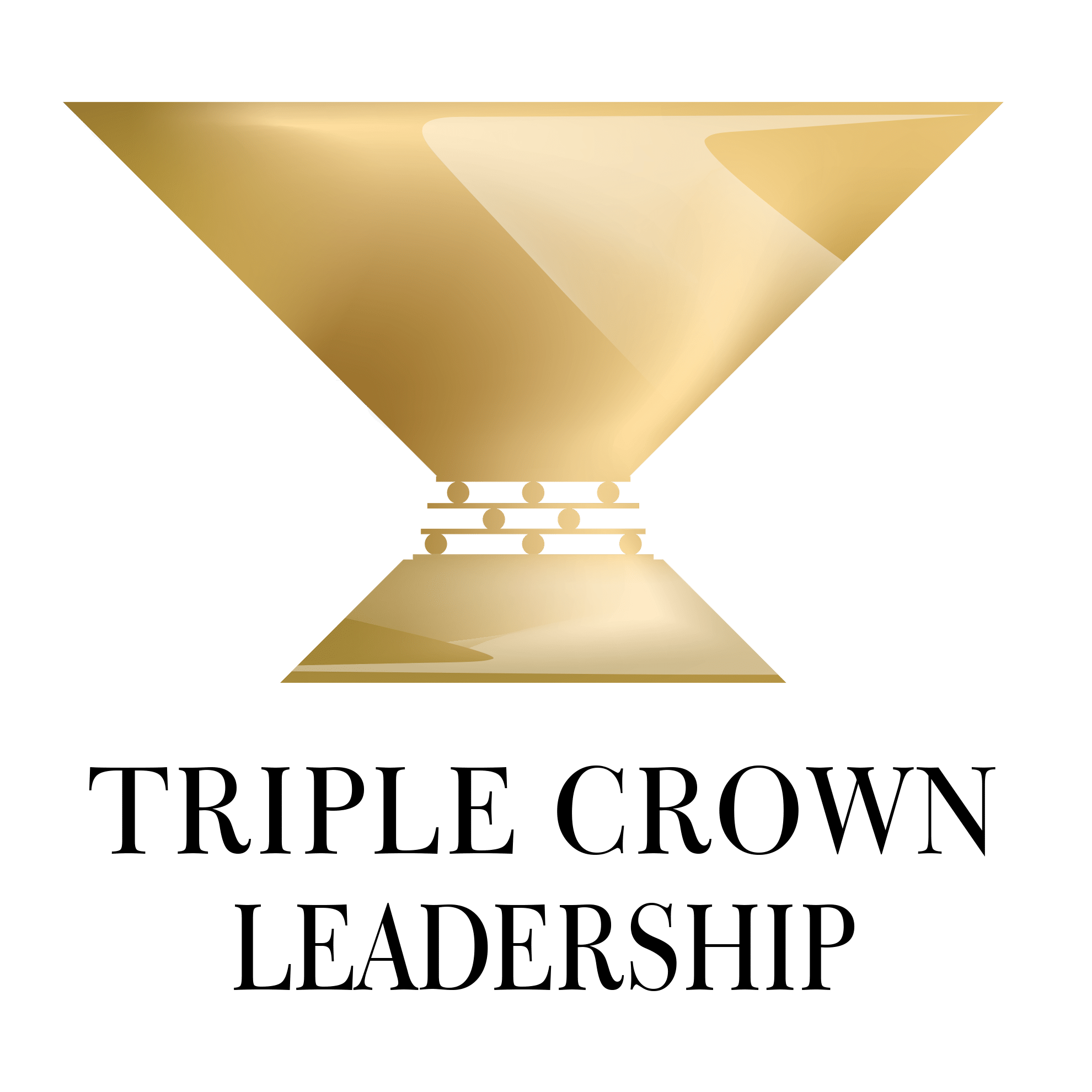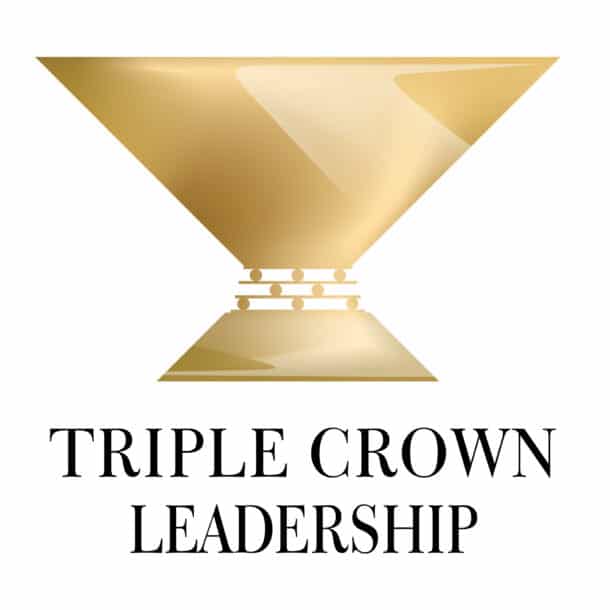
Q&A with the Authors, Gregg Vanourek & Bob Vanourek (son & father)
What are the five triple crown leadership practices that you discovered that leaders can use to build an organization that is excellent, ethical, and enduring?
- Head & Heart: Recruit for, develop, and reward character, emotional intelligence, courage, resilience, etc. as well as knowledge and skills.
- The Colors: Collaboratively set an inspiring purpose, values, and vision and then bring them to life to build a culture of character in the organization.
- Steel & Velvet: Get beyond your natural leadership style, flexing between the hard and soft edges, depending on the people and situation, but always anchored in the shared values.
- Stewards: Unleash people to act and lead by the shared values, encouraging them to step outside their functional roles and be stewards of the culture and to take initiative.
- Alignment: Collaboratively align the organization up, down, and around to reach a state of peak performance.
I’m not the CEO or Executive Director of my organization. What can I do about triple crown leadership?
A great deal. First, don’t fall into the trap of assuming that leadership is only for people in positions of authority. Leadership is not about rank or title. It is a way of acting and thinking. At best, it’s a group performance, and you can influence that group. (That’s why we focus on “leadership” and not “the leader.”) Triple crown leadership invites all people to step up and lead from where they are. Sometimes they lead, and other times they follow, letting others lead. For more ideas on this, see our blog, “Leading from Below.”
My organization does not have triple crown leadership. What can I do to influence it to move in that direction?
Start by developing your own triple crown leadership. Focus on the three Es (excellent, ethical, and enduring) and model the five practices. Practice triple crown leadership with your team. Identify key influencers or allies in the organization and work with them to identify two or three initiatives that can build momentum for triple crown leadership in the organization (such as updating the hiring process, piloting leadership development programs, and forming skunk works teams for important projects). For more ideas, see our blog, “Leading from Below.”
My immediate boss is not a triple crown leader. How can I influence him or her to embrace these practices?
Triple crown leadership often entails leading from below. Often, we can influence people deeply even when we work for them. Begin by developing your own leadership capacities and modeling the practices. Start showing results. Demonstrate ethical decision-making. Raise long-term issues alongside the short-term imperatives and creatively look for ways to avoid the trap of short-term thinking. Achieve results ethically and sustainably so your bosses want to know how you do it. Demonstrate that you are a productive and loyal team player. If you find the situation hopeless after your best efforts, move on and find an organization that fits your values and aspirations. For more ideas, see our blog, “Leading from Below.”

Triple Crown Leadership Newsletter
Join our community. Sign up now and get our monthly inspirations (new articles, announcements, opportunities, resources, and more). Welcome!
How does Triple Crown Leadership fit with other books in the field?
We’ve learned a great deal from other leadership books. (See our Leadership Bookshelf for our list of recommended books.) We see important differences. We’re practitioners first. We focus on practice as well as research. Triple Crown Leadership (TCL) is forward-looking, not focused on past performance. TCL also takes a multisector view, looking at commercial, social, and governmental organizations. We focus on actionable leadership practices, not identifying a list of great ventures. We also invoke many international examples.
I’m considering joining an organization. How do I find out if it practices triple crown leadership and has a culture of character?
Start by doing your homework. Look at the venture’s web site, blogs, social media posts, annual reports, and sustainability reports. Search online for articles from reliable sources. See if it makes any of the rankings (most admired, most ethical, most sustainable, most innovative, best places to work, etc.). Check out its financial performance versus its peers, or evidence of its financial viability and social impact. Most importantly, talk to people who work there now and previously. Visit the organization and walk around. Get a sense of the place. Ask your interviewers candid questions about how the organization approaches results, ethics, sustainability, and impact. If you have any doubts, tread carefully. While you may feel pressure to take a job, recognize the consequences of working for the wrong organization and the likelihood that you will have to make a change later.
Don’t you need an extraordinary CEO to create an excellent, ethical, and enduring organization?
No doubt the CEO or Executive Director is critically important. We don’t believe it requires an extraordinary leader. We believe it can be guided by an ordinary person at the top committed to an extraordinary quest–and that it can only be achieved as a group performance with triple crown leadership pervading the organization. The best executives know that great leadership is a group performance. Note, though, that bad CEOs can sabotage triple crown leadership. Triple crown leadership is hard enough as it is, and impossible with a CEO who undermines it. Boards must be stewards of the triple crown quest and ensure that the CEO is the right person for the job.
Some of the organizations you interviewed or cited have had problems or breakdowns. Doesn’t that detract from your argument?
Recall that Triple Crown Leadership is not a success study. Our intent was not to identify a list of triple crown organizations. Recall also that we specifically sought to interview and research organizations that had experienced breakdowns and that had required turnarounds. Beyond that, all organizations struggle. No organization is perfect. The quest for excellent, ethical, and enduring organizations is ongoing. Our book is about a quest, not a list.
This quest looks impossible to achieve. Aren’t these standards too high in today’s world?
Though we cannot achieve perfection, there’s value in the chase. By raising our sights, we can achieve more than we thought possible. While we can’t get everything right, we can learn and grow in the endeavor, leaving a legacy we can be proud of. Our world needs a better brand of leadership. We can and must do better.

Leadership Derailers Assessment
Take this assessment to identify what’s inhibiting your leadership effectiveness. It will help you develop self-awareness and identify ways to improve your leadership.




